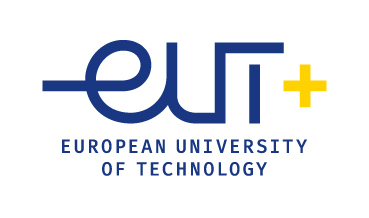Document Type
Article
Disciplines
5.3 EDUCATIONAL SCIENCES
Abstract
There are many public and private spaces and environments where design characteristics are a severe impediment to accessibility for people with reduced mobility. Traditional measurements of accessibility are flawed, as they fail to account for people’s mobility and physical differences. Structural barriers and individual mobility limitations that affect travel time, effort, and even successful completion are ignored. An accessibility measurement framework including measures of absolute, gross, closest assignment, single and multiple activity, probabilistic choice, and relative access has been proposed to address this problem [1]. Unfortunately, in most cases, people with reduced mobility are forced to renounce access to public and private spaces. Although the best solution would obviously be to make these places universally accessible, there are some sites where it is very difficult to make architectural changes without altering their identity. Cultural heritage sites are a good example of places where architectural changes are not feasible. This is especially problematic in the case of monuments and archaeological sites, as many of them are not prepared to receive these types of visitors. The European Union considers cultural heritage as a means of achieving social integration [2]. Among its current challenges, the EU is promoting multidisciplinary initiatives that combine expertise in cultural heritage with the resources provided by technology. From another perspective, the use of virtual reality to evaluate and train inexperienced wheelchair users has been proposed [3]. People with motor disabilities can benefit from these types of actions. In situations where the value of a site must be preserved, and the needs of people with limited mobility must be taken into account, building a digital twin of the space can be a way to experience/visit the site through virtual reality.
DOI
https://doi.org/10.21427/9q7j-xz46
Recommended Citation
Ojados Gonzalez, D. et al. (2022). Inclusion VR: a new virtual reality device for inclusive experiences. In Re-imagining higher education through equity, inclusion and sustainability (RISE). Proceedings of the 2nd. EUt+ International Conference on Equality, Diversity and Inclusion, Technical University of Sofia, Sozopol, Bulgaria, 1-3 September. doi:10.21427/9q7j-xz46
Creative Commons License

This work is licensed under a Creative Commons Attribution-NonCommercial-Share Alike 4.0 International License.



Publication Details
In Re-imagining higher education through equity, inclusion and sustainability (RISE). Proceedings of the 2nd. EUt+ International Conference on Equality, Diversity and Inclusion, Technical University of Sofia, Sozopol, Bulgaria, 1-3 September.
doi: 10.21427/pqq1-1q52